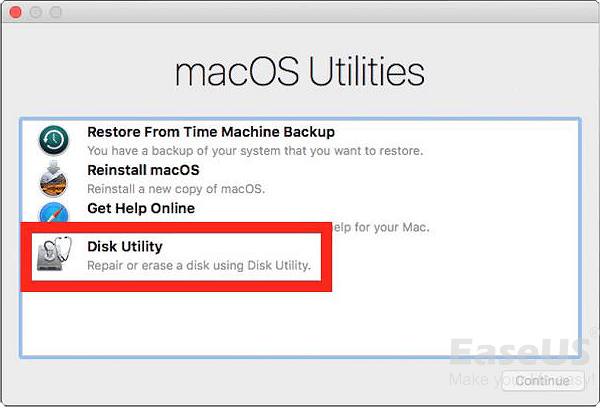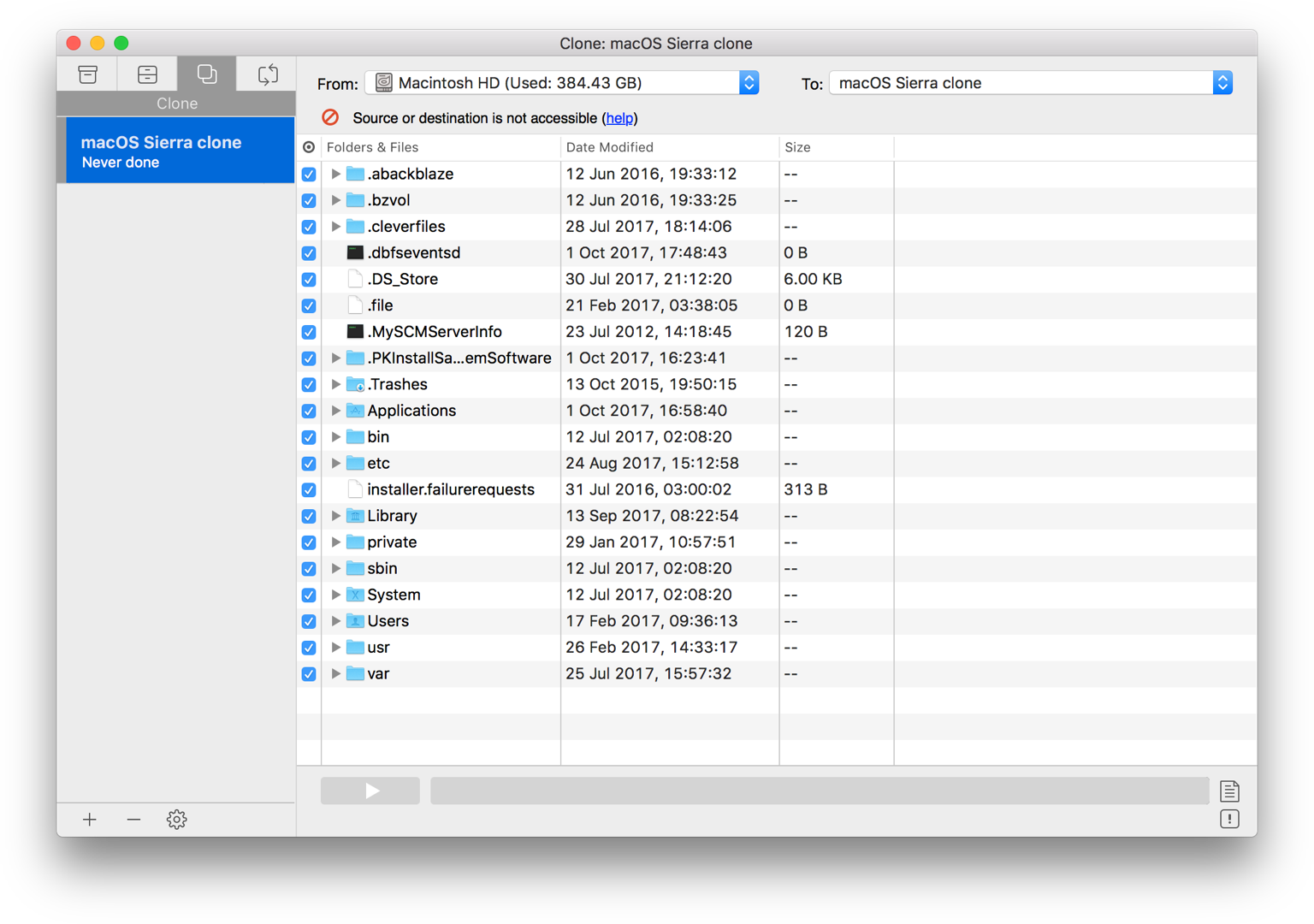

Power on your computer and immediately hold Shift + Option + Cmd + R. Make sure you're fully backed up first because this will erase your startup disk: If your computer is quite old, this will instead download the oldest version that's still available.

The process is similar to reinstalling macOS, but will instead download the version of macOS that your computer originally shipped with.

You'll need to use the Time Machine or bootable disk method for M1 Macs. Note: This method only works on Intel-based Macs, and can't be used on M1 Macs. Just make sure you have internet access during the installation, as the software will download a previous version of macOS. You can use the built-in macOS Recovery tool to downgrade. Downgrade Using macOS Recovery: Intel Macs OnlyĪssuming your Mac originally came with an older version of macOS installed on it, downgrading is fairly easy. Still, you may realize you need to return to a project that won't work on the latest version of macOS. For that reason, many vendors of this type of software will recommend that you never upgrade your operating system in the middle of a project. This is especially true when it comes to audio-, video-, and graphics-related hardware and software. Certain types of hardware and software might not function correctly after upgrading.
#HOW TO DOWNGRADE MAC OS WITHOUT TIME MACHINE HOW TO#
We'll walk you through how to downgrade macOS Monterey or earlier to an older version of macOS.Īpple tries to make macOS upgrades as backward-compatible as possible, but there are still edge cases. However, the downgrading process isn't as easy as it used to be. Even so, you might find that once you've gone through the upgrade process, your system isn't working right.įortunately, if you need to, you can drop back to the previous macOS version you were running. It's always tempting to install the latest version of macOS, full of new features and updates.


 0 kommentar(er)
0 kommentar(er)
